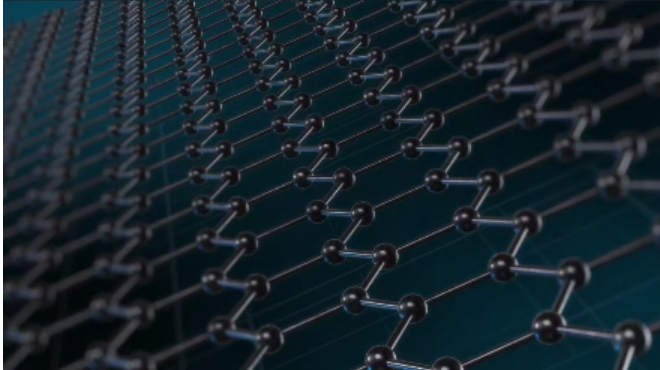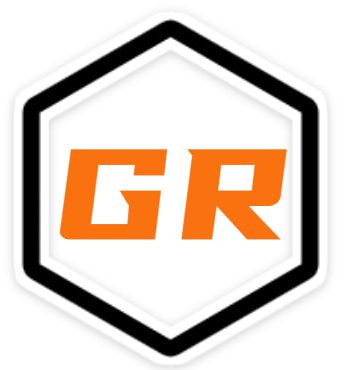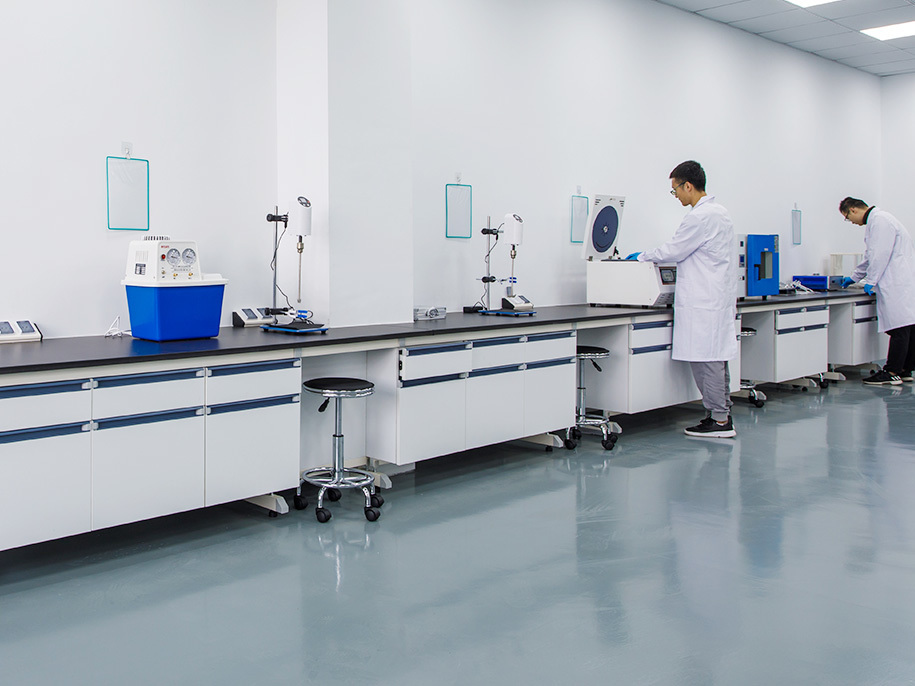Cost Control and Scalable Production of Graphene Coatings
Graphene-based coatings offer exceptional conductivity, corrosion resistance, and durability, but their commercial adoption depends on cost-effectiveness and scalable production. This article explores key strategies for cost control and large-scale manufacturing of graphene coatings.

1. Major Cost Factors in Graphene Coating Production
A. Graphene Raw Material Costs
Graphene’s cost is highly dependent on its type, purity, and production method:
| Graphene Type | Production Method | Cost Range (USD/kg) | Properties & Application |
|---|---|---|---|
| Monolayer Graphene | CVD (Chemical Vapor Deposition) | $500+ | High-performance coatings, electronics |
| Multilayer Graphene | Liquid-phase exfoliation | $50–$200 | Conductive, anti-corrosion coatings |
| Reduced Graphene Oxide (rGO) | Chemical reduction | $10–$50 | Cost-effective, functional coatings |
-
Cost Reduction Strategies:
-
Using multilayer graphene or rGO instead of monolayer graphene.
-
Sourcing graphene from bulk exfoliation or scalable chemical methods.
-
Optimizing synthesis to reduce waste by-products and energy consumption.
-
B. Dispersion & Stabilization Costs
Graphene tends to agglomerate, requiring specialized dispersants and surfactants to ensure uniform distribution.
-
Cost Considerations:
-
Use of cost-effective surfactants instead of expensive polymer stabilizers.
-
Ultrasonic dispersion and high-shear mixing to replace chemical modification.
-
Selection of resins and solvents that naturally interact with graphene.
-
C. Binder and Resin Selection
Binders contribute 30–50% of the total cost of graphene coatings.
| Binder Type | Cost ($/kg) | Application |
|---|---|---|
| Epoxy Resins | $5–$15 | Industrial & marine coatings |
| Polyurethane (PU) | $3–$10 | Wear-resistant & flexible coatings |
| Acrylic Resins | $2–$5 | Waterborne & decorative coatings |
-
Cost Control Strategies:
-
Replacing solvent-based binders with water-based resins.
-
Optimizing graphene-to-binder ratio for performance without excessive cost.
-
2. Scalable Production Techniques for Graphene Coatings
A. Scalable Graphene Synthesis for Coatings
Scaling up graphene production requires high-yield, low-cost methods:
| Method | Scalability | Cost Efficiency | Quality |
|---|---|---|---|
| CVD Growth | Low | High cost | Highest purity |
| Liquid-phase Exfoliation | High | Moderate | Good dispersion |
| Graphite Oxidation & Reduction (rGO) | Very High | Low | Functionalized graphene |
-
For large-scale production, liquid-phase exfoliation and chemical reduction of graphene oxide (rGO) are preferred due to their low cost and high yield.
B. Industrial Dispersion & Coating Formulation
To ensure uniform graphene dispersion at large volumes, scalable methods include:
-
High-Shear Mixing: Cost-effective method for blending graphene into liquid coatings.
-
Ultrasonic Processing: Reduces agglomeration but increases power consumption.
-
Three-Roll Milling: Ensures fine dispersion for high-performance coatings.
-
Optimization Strategy: Selecting the most energy-efficient dispersion method based on application needs.
C. Large-Scale Coating Application Methods
To reduce manufacturing costs, graphene coatings should be compatible with existing industrial coating processes:
| Application Method | Scalability | Graphene Suitability |
|---|---|---|
| Spray Coating | High | Automotive, aerospace |
| Roll-to-Roll Coating | Very High | Electronics, large surfaces |
| Dip Coating | Medium | Protective coatings |
| Spin Coating | Low | Precision applications |
-
Cost Optimization:
-
Integrating graphene into existing coating production lines to avoid new equipment costs.
-
Using automated spray and roll-to-roll processes for high-throughput production.
-
3. Key Cost Control Strategies
| Cost Factor | Optimization Strategy |
|---|---|
| Graphene Sourcing | Use rGO or multilayer graphene for cost-sensitive applications |
| Dispersion Process | Replace expensive dispersants with mechanical methods (e.g., high-shear mixing) |
| Resin/Binder Selection | Optimize graphene loading, use waterborne resins where applicable |
| Manufacturing Process | Scale production with roll-to-roll & spray coating for efficiency |
| Energy & Waste Management | Implement solvent recycling & energy-efficient mixing |
4. Future Trends in Cost Reduction & Scaling
-
AI & Machine Learning for Formulation Optimization: Reducing trial-and-error in graphene coating development.
-
Hybrid Nanomaterial Coatings: Combining graphene with carbon nanotubes (CNTs) or boron nitride to reduce graphene content while maintaining performance.
-
Green Manufacturing: Development of bio-based graphene production and low-energy exfoliation techniques.
5. Conclusion
Scalability and cost control are critical to commercializing graphene-enhanced coatings. By optimizing raw material selection, dispersion techniques, binder systems, and application methods, manufacturers can produce high-performance coatings at competitive prices. As industrial-scale graphene production advances, the cost of graphene coatings will continue to decrease, making them more accessible for automotive, aerospace, marine, and industrial applications.

